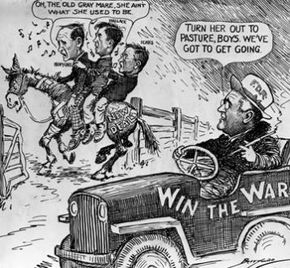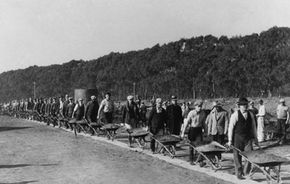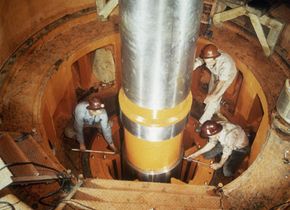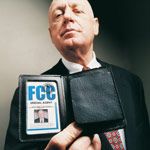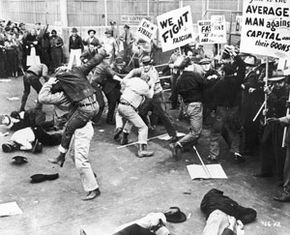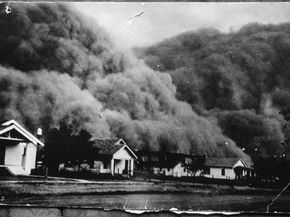When Franklin Delano Roosevelt took office in 1933, America was in the darkest depths of the Great Depression. But Roosevelt promised a "New Deal" -- an America free from economic deprivation -- and he kept his word, launching major legislation in his effort to revitalize the American spirit and its fading dream. Between 1933 and 1939 dozens of federal programs, often referred to as the Alphabet Agencies, were created as part of the New Deal. With FDR's focus on "relief, recovery and reform," the legacy of the New Deal is with us to this day.
The following are 14 of the most notable Alphabet Agencies. How many do you recognize?
Advertisement
